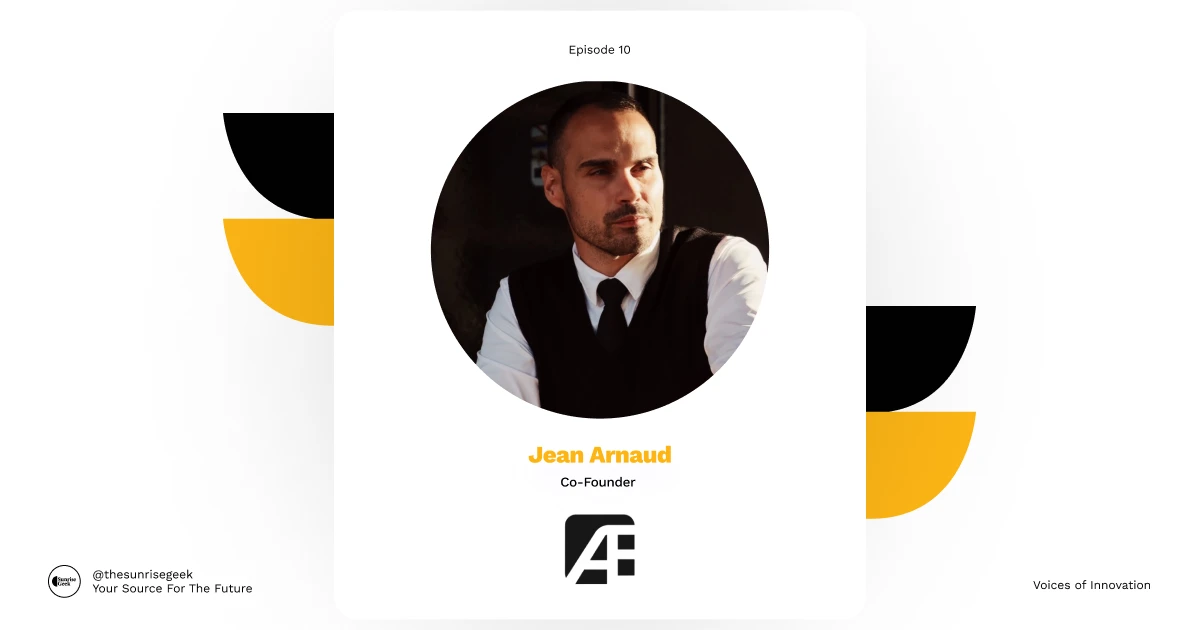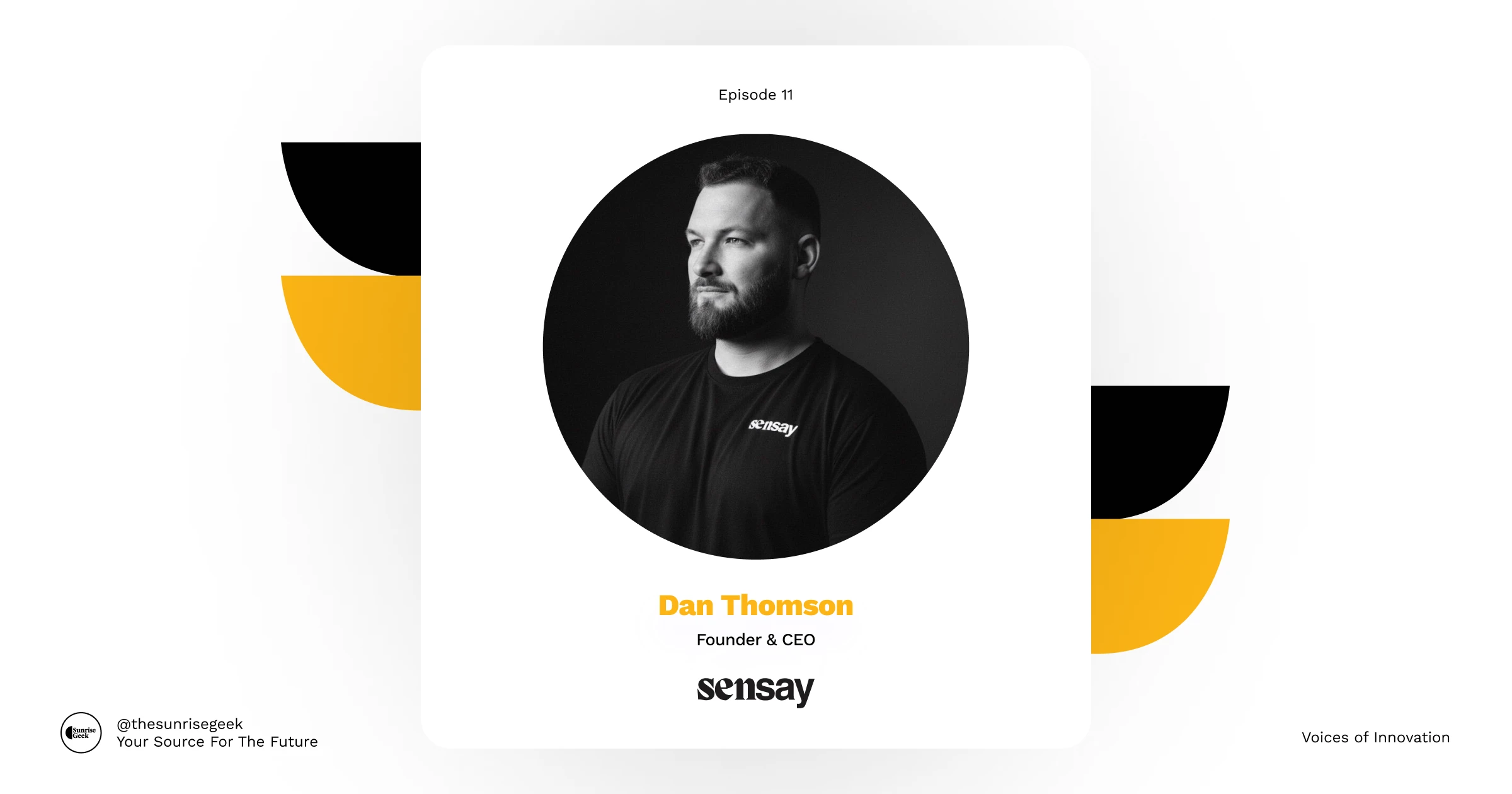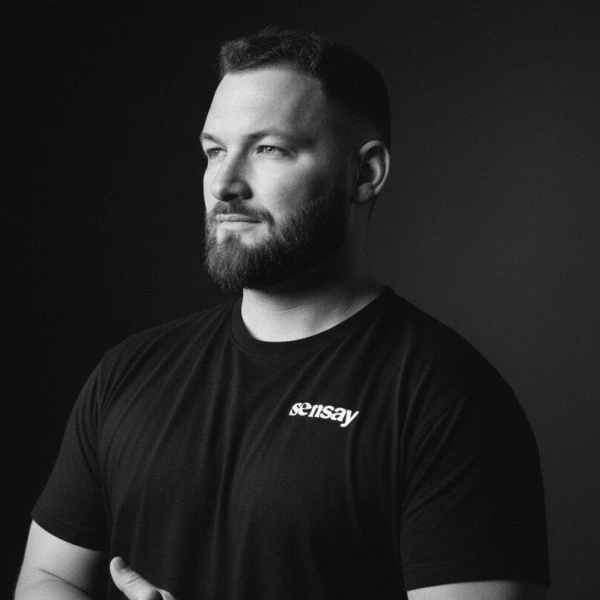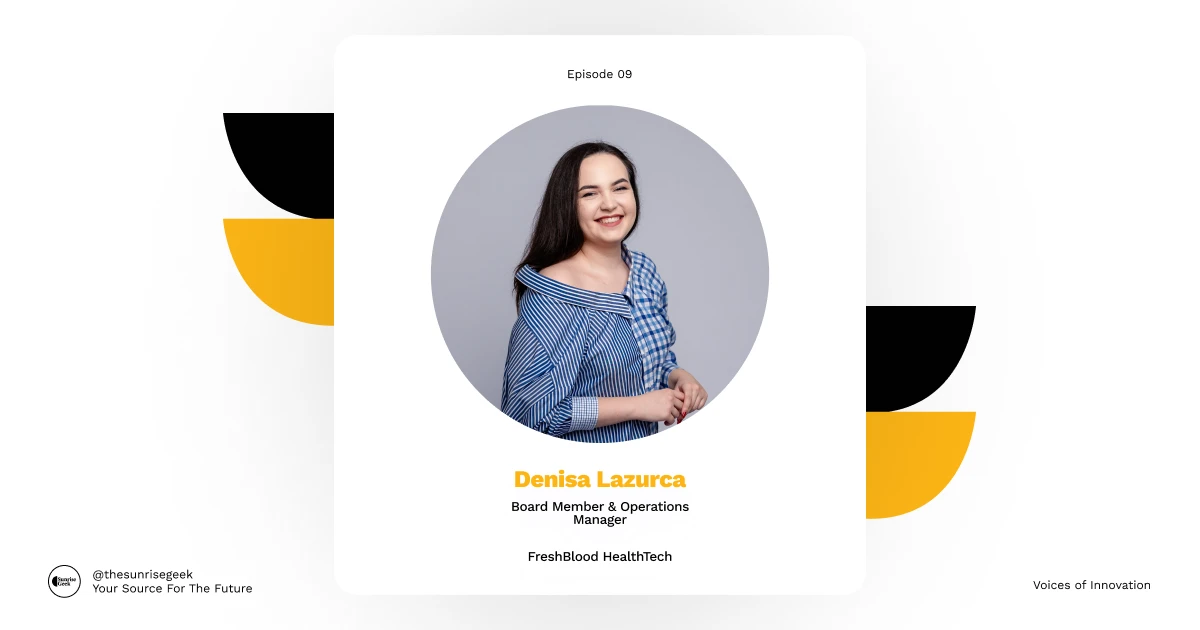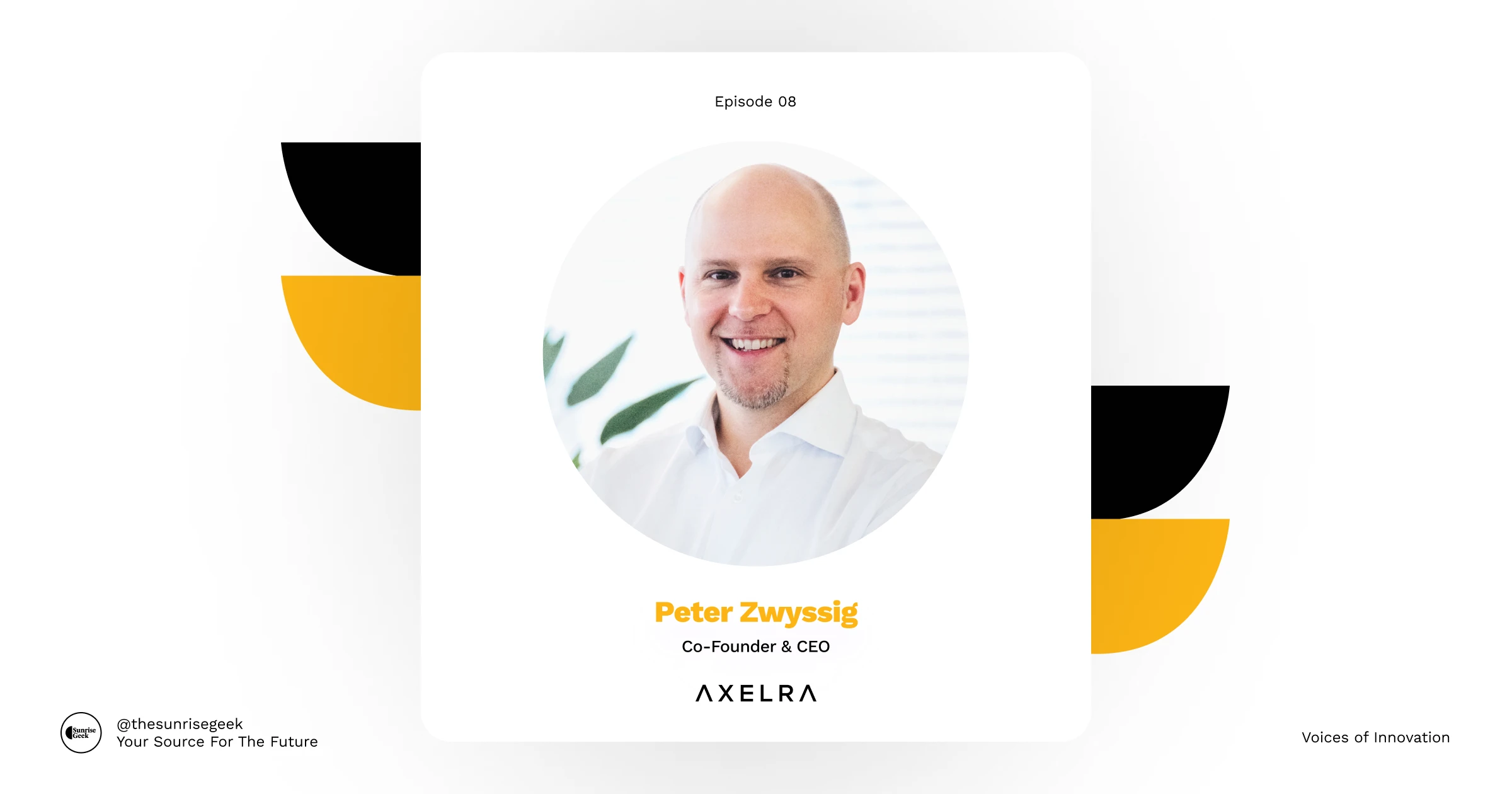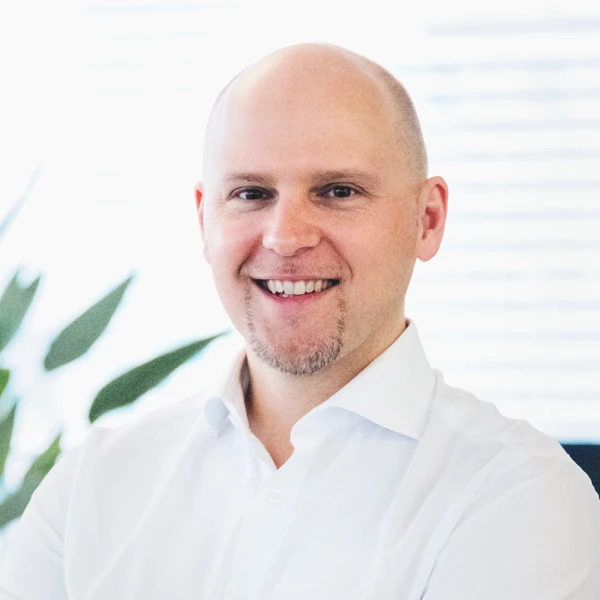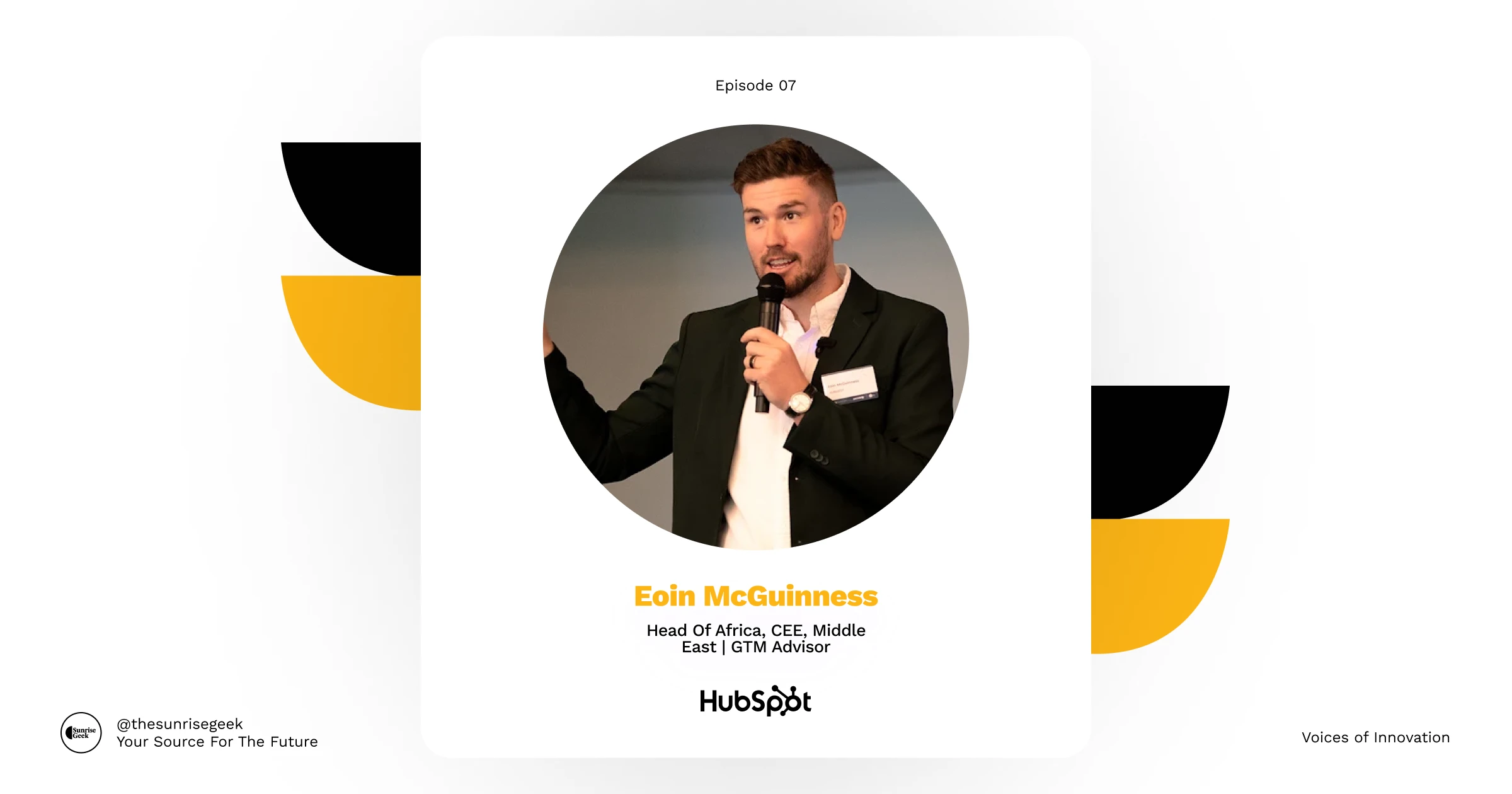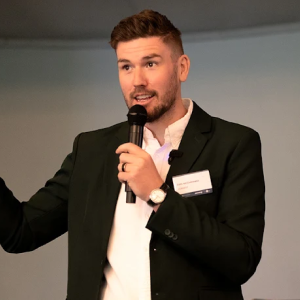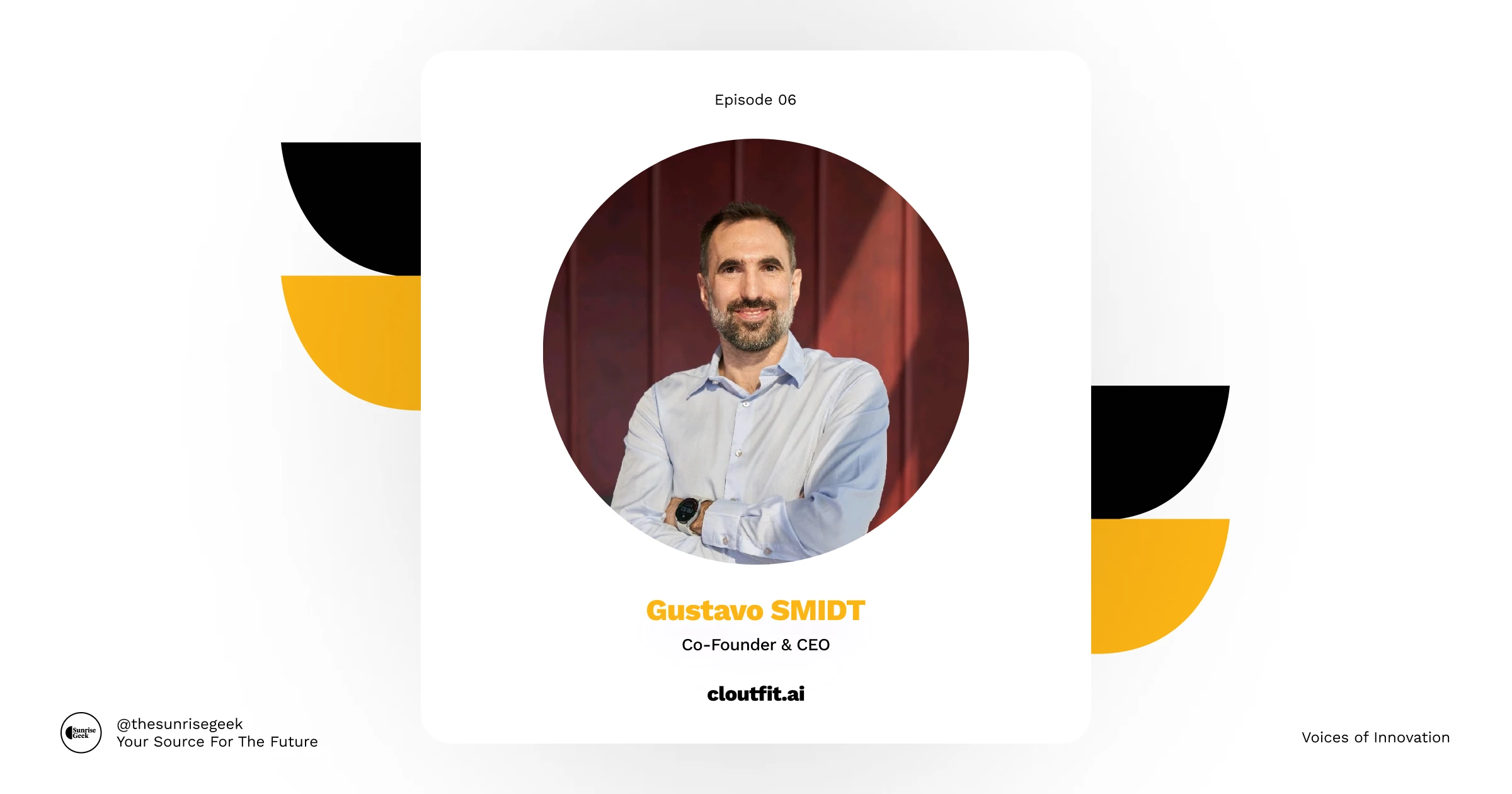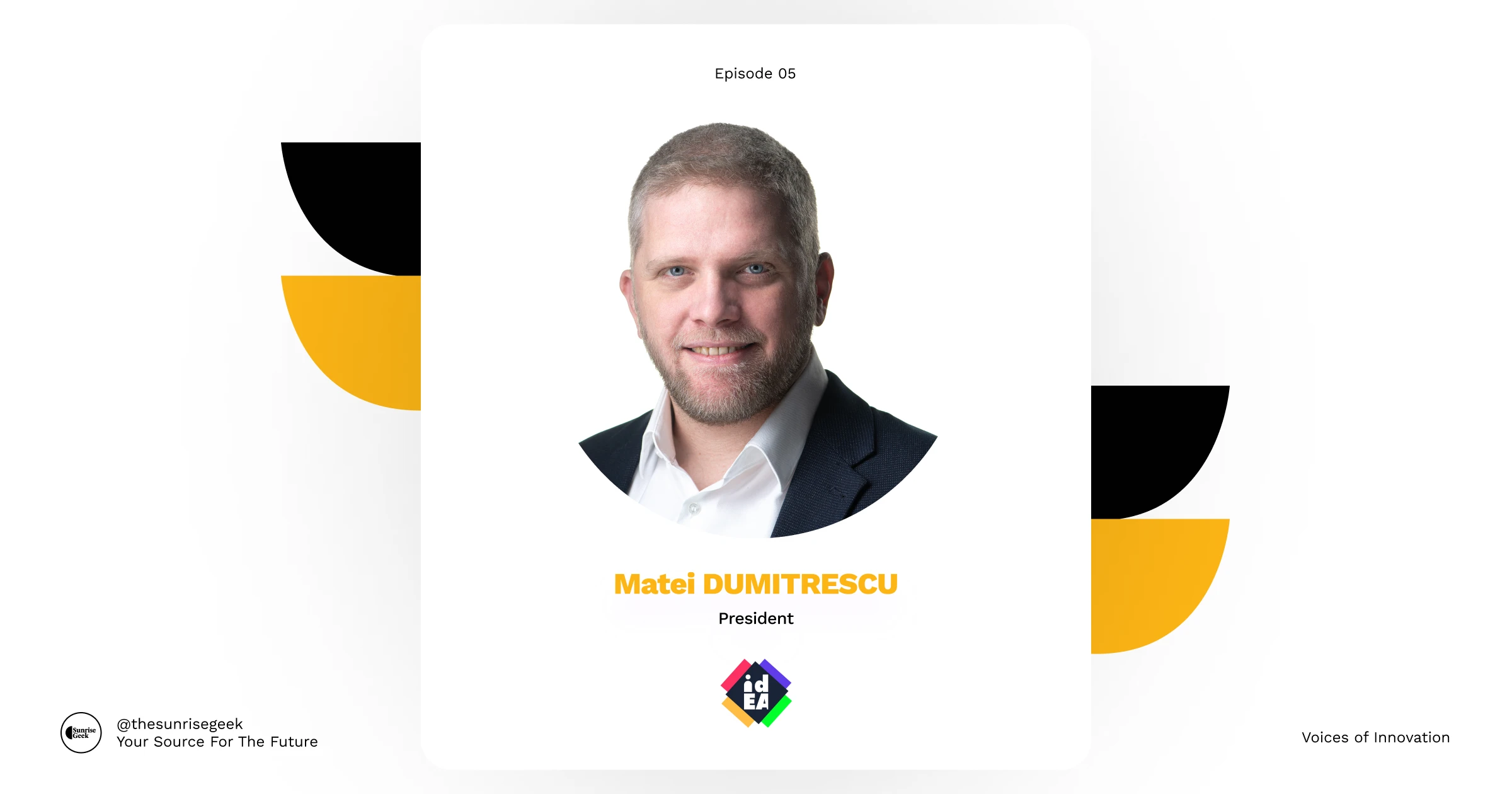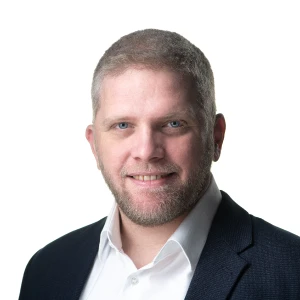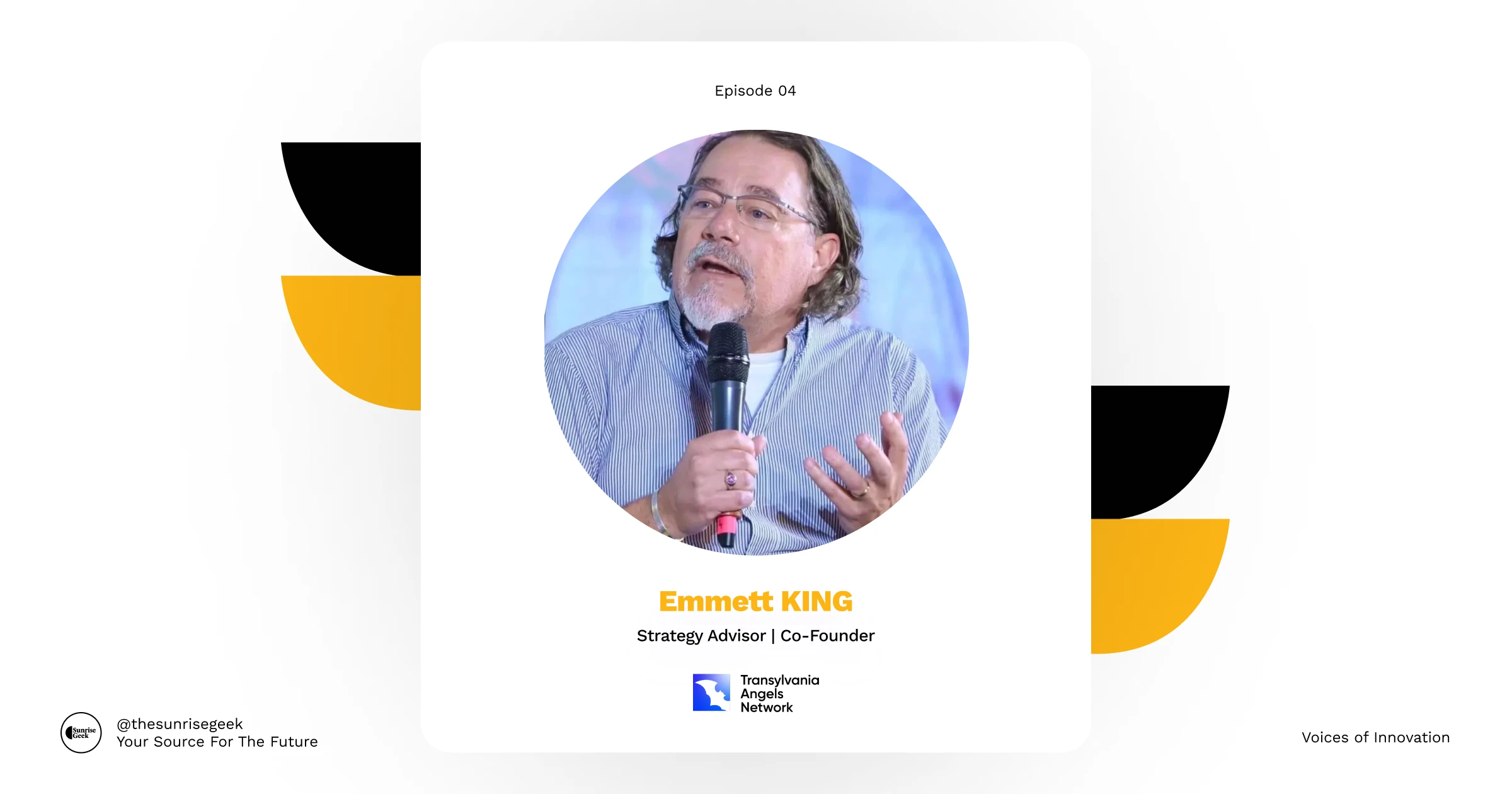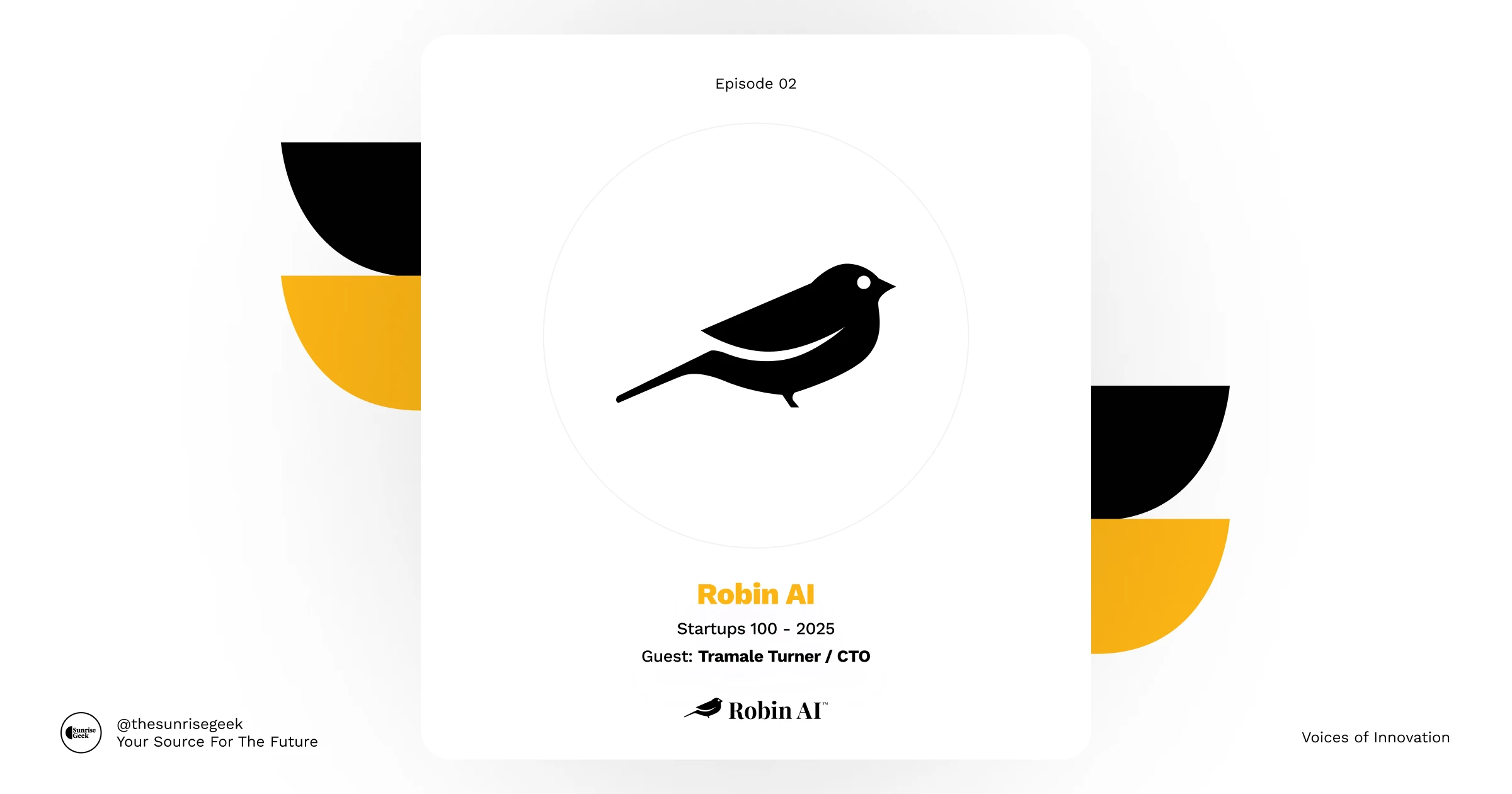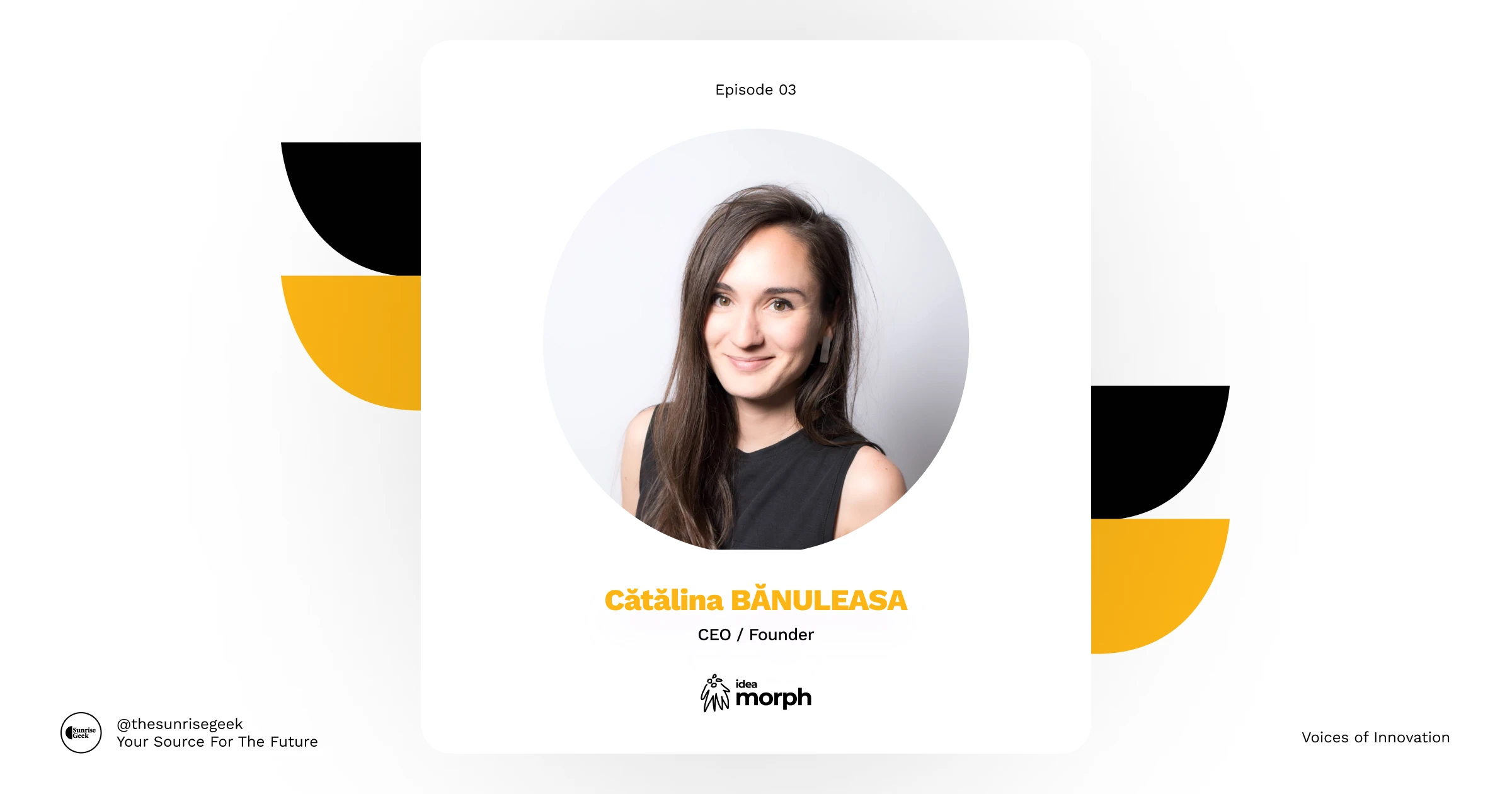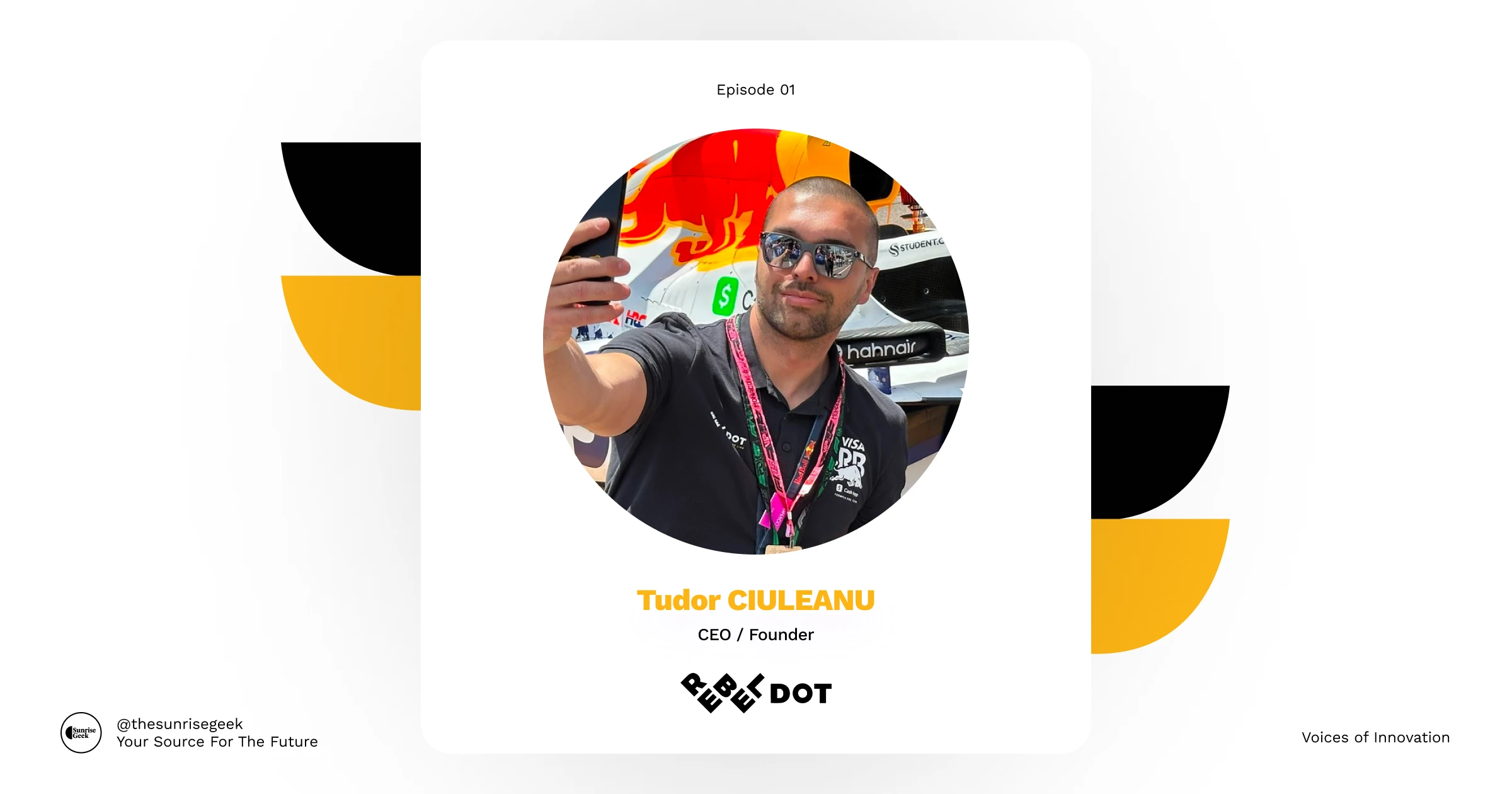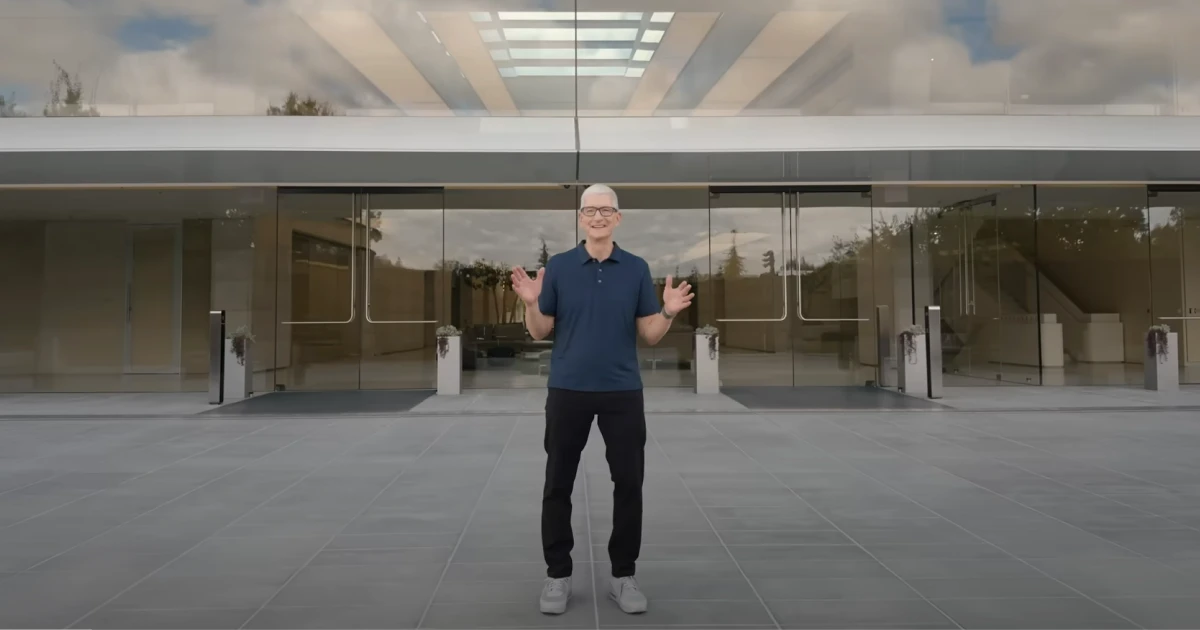Meet Our Guest

Jean Arnaud, philosopher, technologist, and poet, pioneers a Digital Renaissance, uniting ethics, art, and science to shape responsible, human-centered innovation.
When speaking about technology, Jean Arnaud brings forth the way Renaissance thinkers might have spoken of art, literature, or philosophy during their time. He highlights how technology is not an end in itself, but rather a tool for evaluating the human spirit. Whether through his initiatives such as NOVA, Æthos, OMIA, Open Mind, X-Lab, or even his artistic collective Art and Above, his vision remains clear when it comes to technology: it must be harnessed to serve humanity, not the other way around.
“I have always placed my energies at the service of a cause greater than myself,” Arnaud says. “We each carry the world as our shared responsibility.”
It is this conviction, an instance of humanism at the core of innovation, that unites his diverse project portfolio. Open Mind also reimagines education as a place of learning with the help of creativity, combining knowledge with analytical thinking and imagination. NOVA also accelerates research while safeguarding academic integrity.
One of his most visible projects is Æthos, an initiative that serves as a hub for AI startups developing responsible, impact-driven technologies. X-Lab and Art and Above bring artists, scientists, and engineers together in order to recreate the meaning of art.
The core of his thinking mechanism is built surrounding what he calls “luminous humanism”, an attempt to lay the foundations of a new Renaissance, one that embraces philosophy and ethics as partners to science and technology.
Building Ethical Ecosystems
When talking about Æthos, his words carry both pragmatism and idealism. The project has its roots in Cambridge and has a growing presence in Berlin, the organization starting as an international gravitational center for AI goods.
In just one year, Æthos has helped more than 60 startups and helped raise over 28 million euros, building a global community of 400+ experts from MIT, Harvard, Stanford, and Fraunhofer. Its model is an unusual one, it focuses on peer-to-peer learning, offering a curated programming, a strict selection criteria that prioritizes ethical responsibility alongside technical viability.
Most strikingly, Æthos works as a nonprofit organization, refusing equity stakes in startups even when doing so might have eased financial pressures.
“AI is not treated as an end in itself,” Arnaud explains. “The human is never peripheral: it is both the measure and the goal.”
This human-centered philosophy extends into the organization’s emphasis on interdisciplinary exchange. By bringing researchers, entrepreneurs, and philosophers into the same space, Æthos creates bridges where other institutions build silos.
The Challenge of Translation
One of Arnaud’s recurring challenges that he observes when it comes to deep tech founders is translating complexity into clarity. Great technology is often reduced due to its narratives failing to resonate with investors or with the larger public. The problem, as he puts it, is compounded by the fragmentation of disciplines.
“Even in progressive universities, philosophers rarely sit with neuroscientists, or engineers with ethicists,” he notes. “But these are precisely the conversations needed if innovation is to serve human purpose.”
His solution also lies in ecosystems that deliberately dissolve these boundaries. Open Mind also introduces cross-disciplinary learning as early as age 15. Æthos triggers thinkers and builders into shared dialogue, and X-Lab organizes ten annual projects where engineers, artists, as well as scientists collaboratively respond to urgent societal challenges.
In its essence, a philosophy of integration that code, culture, and ethics must evolve together.
Salons for the 21st Century
It is also worth mentioning that Arnaud is also known to be a convener. In the past year alone, he was the organizer of over 40 events, drawing the attention of more than 3,000 participants from across technology, academia, policy, as well as the arts. These gatherings, free and open, are carefully curated to prioritize not just expertise but also philosophical depth.
They recall the salons of the Enlightenment, spaces where ideas were debated as much as presented. During Arnaud’s events, CTOs and PhDs trade insights with artists and policymakers, researchers challenge investors, and founders sketch on the spot.
He added, “Innovation only matters if it is interrogated and grounded in consciousness,” and that, “These forums are about rebuilding democratic dialogue in a time of civic erosion.”
Technology as Civic Empowerment
When asked what excites him most when envisioning the future, his response was that civic empowerment is what we should focus on. He talks about AI tools that have the power to allow every citizen to understand the law, to interpret their own medical data, and to verify information and assess environmental impact without blind dependence on authorities.
He adds that “True experts should never fear being challenged; on the contrary, they should embrace it. Intellectual rigor thrives on confrontation. A real scientist is, by nature, a skeptic—not a dogmatist. At its core, science must remain open, self-reflective, and continuously evolving.”
Going further, as this philosophy is what underpins NOVA, his “cognitive infrastructure,” it is designed to help individuals navigate overwhelming data. In an age of information abundance but wisdom scarcity, Arnaud sees technology as a means of restoring autonomy and responsibility, both personal and collective.
The Artist-Philosopher
Araud is not only a technologist but also a philosopher but also a poet. His published collection, Les Trophées, reflects his belief that true creativity requires rupture as well as disobedience.
“You cannot sculpt the future with the frameworks of the past,” he insists. “The spirit is formed through friction, disagreement, and collision.”
His art is also the embodiment of what he calls an ontodyssey, a symbolic journey and transformation, expressed through layered, multisensory, and interactive works that most probably conceal riddles or codes. For Arnaud, art needs to be immersive, dynamic, and collaborative. The viewer is no longer passive but rather a co-creator.
This artistic philosophy mirrors his technological one, as it seeks to dissolve boundaries, invite collaboration, and open pathways to transcendence. Together, they create the foundation of what he now calls the Digital Renaissance.
“That is the horizon of the Digital Renaissance: a human being augmented, not diminished—capable of building a luminous era anchored in reimagined humanistic values. We are entering an age where art is dynamic, immersive, multisensory, interactive, collaborative, and in perpetual metamorphosis.”
A Mindset for Creators
“Train yourself to think about the future” is the number one lesson that he likes to highlight when it comes to the intersection of AI, Art, and education. He encourages everyone to focus on more than just the one that is likely to emerge, but also the one that should exist.
For this to happen, you will need a ton of imagination, discipline, as well as have willpower. “That kind of future demands imagination—the imagination of the poet and the artist, but also that of the philosopher, the demiurgic scientist, and the bold entrepreneur.”
In order to do so, finish what you start. Say no to defeatism. Learn equally from victory and failure. And most importantly, create beyond yourself, for others, for the world you are surrounded by, and for the generations that are yet to come.
“Humanity has always achieved the impossible by marrying thought with action,” Arnaud reflects. “Do not merely dream the ideal—make it happen, with others.”
It is something that could have easily been found in a Renaissance thinker, yet it resonates today as a call to those shaping the digital world. As for Jean Arnaud, the Digital Renaissance is not a distant vision; it is already happening.




